Main Panel
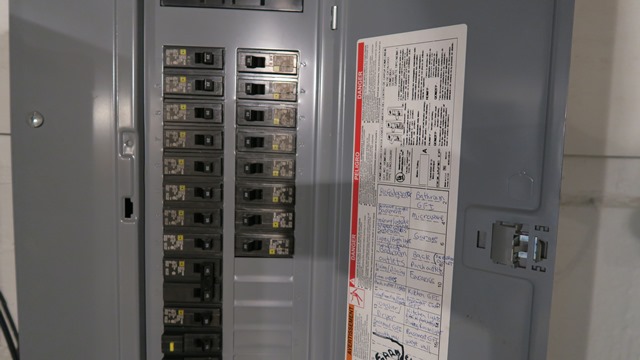
Where is the Main Panel?
It’s essential to have this information in advance. You should not only locate your circuit breakers but also ensure that they are correctly labeled. Additionally, remember that finding one electrical panel doesn’t necessarily mean there isn’t another sub-panel located elsewhere in the house.
Examine the electrical panel carefully to confirm that all the breakers are accurately labeled. Imagine it’s a chilly night, and in the middle of the night, your furnace stops working. In this situation, you’ll know precisely where to go and which breaker to check before calling a technician to your house. Consider scenarios when you’re not at home, and someone else is overseeing your residence. It’s crucial to ensure that they can easily understand and identify the breakers.
Investing a little time in proper research and labeling now can save you a great deal of frustration in the future.
Water Shut Off Valve
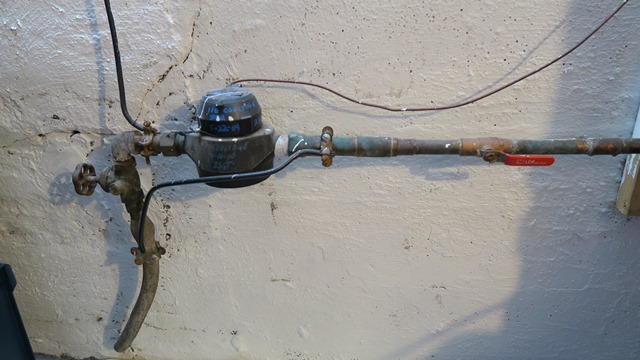
Where is the Main Water Shut Off Valve?
This could be one of the most critical components to identify within your home. In the event of a pipe break, it’s essential to ensure you know precisely where the main water shut-off valve is situated and how to operate it. Here’s a crucial point to keep in mind: these valves often remain in the open position for extended periods, as pipe issues are infrequent. Once you’ve located the water shut-off valve, it’s essential to periodically operate or exercise the valve by opening and closing it a few times. The last thing you want is to discover that the valve is stuck and non-functional when water is flooding your floor.
Additionally, it’s advisable to identify a secondary valve in case the main one fails to work. We have our primary water valve, like most households, and we also have a secondary valve situated right behind the water softener.
Sump Pump
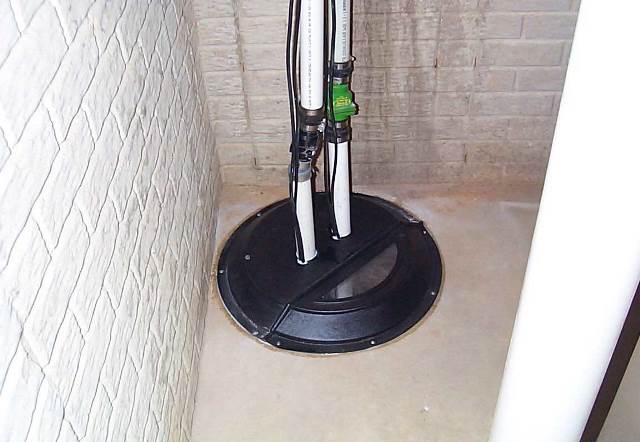
Where is Your Sump Pump?
This is a straightforward item to locate if you’re unsure. Typically, you can find it in the lowest section of the house, like a basement or crawlspace, often positioned in a corner. A sump pump’s role is to remove water that accumulates around the house’s foundation and redirect it away from the house. Why is this significant? It serves to prevent basement flooding, especially during periods of heavy rainfall. When you locate your sump pump, ensure there are no obstructions obstructing its function. Also, it’s a good practice to verify the status and functionality of any backup pump, if you have one.
Pilot Lights
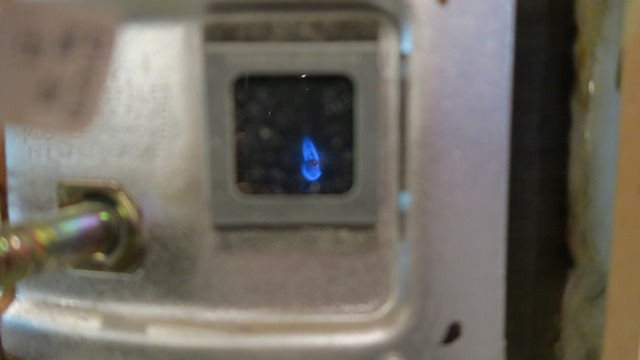
Where are the Pilot Lights?
Inspect your heating appliances like the furnace, water heater, and other gas-powered devices. In my household, I have three such items. While my stove is essential, it’s not a major concern if it malfunctions, unless I’m exceptionally hungry. However, the two most crucial appliances are my water heater and boiler, both of which rely on a pilot light. If you’re unfamiliar with it, a pilot light is a small, continuously burning flame. When the water heater needs to generate heat, it releases gas, which the pilot light ignites. If the pilot light goes out, your water heater will be unable to provide hot water. This might not be a significant issue, but for a boiler, it can be critical, as it’s responsible for heating your home. Once you’ve identified which appliances have pilot lights, make sure you’re acquainted with the safe and proper procedure for relighting them in case they go out.
Filters

Where are all my Filters?
Changing filters typically doesn’t qualify as an emergency, but it’s vital to be aware of which items in your household require filters and how to replace them. Filters play a crucial role in extending the lifespan and improving the performance of various appliances. For example, your furnace likely has an air filter, and while replacing them is usually straightforward, it’s essential to know their location for proper maintenance. Additionally, your refrigerator might have a filter that needs attention. In my case, I have an RO system, which necessitates filter changes every six months. I recommend examining your surroundings to identify items that use filters. It’s also wise to maintain a record of filter types, along with their model numbers and replacement dates, for easy reference.
Dryer Vent
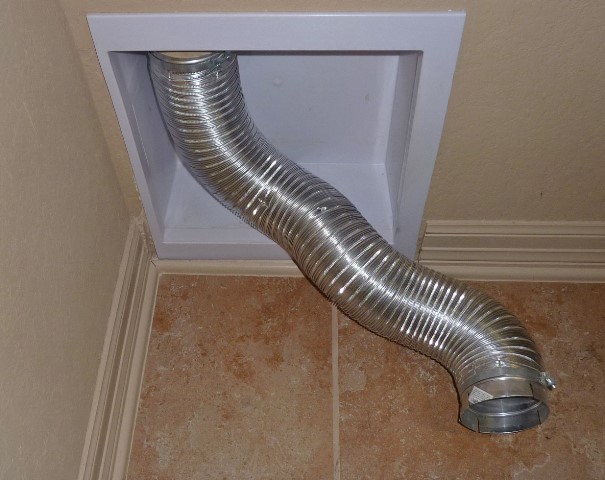
Where is my Dryer Vent?
The location of your dryer’s exhaust vent is quite evident, but what many people tend to overlook is the importance of cleaning it regularly. You have two options for this task: you can either tackle it yourself or hire a professional. If you search for instructions online, you’ll find that cleaning it on your own is a manageable task. Now, why is it crucial to maintain a clean dryer vent? There are two significant reasons.
First, a clean vent eases the strain on your dryer and enhances its efficiency, potentially extending its lifespan. Second, and even more critical, is the prevention of fires. The exhaust from a dryer is hot, and the debris that accumulates in the vent has a low flash point, which means it can ignite at relatively low temperatures. Regular cleaning is a highly effective method to minimize the risk of dryer-related fires.
Emergency Contact Numbers

While your house may currently be in good working condition and everything seems fine, it’s wise to plan ahead and conduct your research now. Many people maintain an emergency contact list for their healthcare providers and other medical personnel, but have you ever considered creating an emergency contact list for the health of your home? Just because your house is currently functioning smoothly doesn’t mean you should relax without doing your homework. Would you prefer to research and find the right contractor while everything is working smoothly, or would you rather scramble to do your research when something breaks and you’re stressed out?
When things go awry, and you require a repair, how do you ensure you’re contacting the right person, especially in the middle of the night? How can you be certain you’re being charged fairly, and that you can trust the contractor who comes to your rescue? These are all critical questions you should have answers to before making that call. Now is the ideal time to conduct your research, so that when issues do arise, you’ll know precisely who to contact and have the peace of mind that the contractor is the right person to resolve your problem.
Start by seeking referrals from friends and co-workers. Ask them for recommendations on service providers they’ve used and trust, and then take the time to verify if these contractors meet your standards. You can even reach out to them, explain that you’re compiling an emergency contact list, and have some questions for them. This approach allows you to get to know them ahead of time and build a level of familiarity with your potential service providers.
